There can be your advertisement
300x150
Advantages of 3D Rendering for Interior Design and Home Decor
Now that you have built your dream home, it's time to decorate it. Finding the perfect furniture, wall solutions, or lighting can be challenging, especially with so many ideas available online. However, a reliable solution might be hiring an interior designer who can provide projects using 3D visualization and rendering to show you exactly what your home's interior will look like.
An interior designer can cost between $100 to $200 per hour, but they help you save money while staying within budget and receiving discounts from suppliers. Whether you choose to hire an interior designer or prefer to do it yourself, read on to understand the concept of 3D rendering and its benefits.
Now that you have built your dream home, it's time to decorate it. Finding the perfect furniture, wall solutions, or lighting can be challenging, especially with so many ideas available online. However, a reliable solution might be hiring an interior designer who can provide projects using 3D visualization and rendering to show you exactly what your home's interior will look like.

An interior designer can cost between $100 to $200 per hour, but they help you save money while staying within budget and receiving discounts from suppliers. Whether you choose to hire an interior designer or prefer to do it yourself, read on to understand the concept of 3D rendering and its benefits.
What is 3D Rendering?
3D rendering allows you to visualize and bring objects, characters, or fictional worlds to life by creating a material representation. It involves generating photo-realistic 2D images from 3D models using specialized software.
People often use the terms "3D rendering" and "3D visualization" interchangeably, though they are different. 3D visualization or modeling is used to create a working model of a product according to client preferences or needs. It includes the form, materials, dimensions, colors, textures, internal components of the product, and simulation test results. Essentially, you are creating a 3D image of an object through the process of 3D modeling.
On the other hand, 3D rendering is the final stage of the 3D visualization process that involves converting a 3D model into a 2D visual file so you can see how the product will look in real life. This transformation is achieved by adding lighting, shadows, and other natural elements to create a realistic representation. Pterobyt can help you create custom projects and bring your products to life within a set budget.
Benefits of 3D Rendering in Interior Design or Home Decor
Let's explore the advantages of using 3D rendering.
1. Visualizing the Final Product
Whether you are an interior designer working with a client or someone who wants to design a room like an interior designer, you can use 3D renders to translate your visual concepts into understandable projects and immediately begin the creative process.
Using 3D renders gives clients an accurate image of the final result, allowing them to make necessary adjustments. You can easily share these images with clients online. This also speeds up the approval process from the client.
2. Time and Cost Savings, Ability to Visualize Changes
Compared to high-quality digital photography, 3D rendering achieves similar results in less time. When using digital photos for shooting an object or location from a different angle, repositioning is required. However, 3D rendering allows for easy digital changes at a lower cost without resource expenditure, whether it's adding extra accessories, depth, or changing shadows. You can also avoid logistical issues by creating the desired atmosphere without investing in a shoot location, equipment, or other accessories.
3. Communication and Collaboration
Communicating with your designer or client is the best way for your project to receive clear feedback. With 3D rendering, clients easily identify issues such as incorrect dimensions or surface defects and correct them before construction begins. Additionally, you can experiment with various colors, shapes, textures, and configurations to get multiple design options. With customization capabilities, you can meet specific client requirements, increasing their loyalty.
Conclusion
Creating a dream home is an exciting journey, but the real challenge lies in creating an interior that truly feels like a home. That's where hiring an interior designer specializing in 3D rendering comes into play.
3D rendering has gained popularity in recent years due to its accuracy, reliability, and the ability to fully control a project to meet both your needs and those of your clients. As the world evolves, it's important to adopt innovations in interior design.
More articles:
 Barnsbury House by Architecture for London — Georgian-era II-class home in the Barnsbury Conservation Area
Barnsbury House by Architecture for London — Georgian-era II-class home in the Barnsbury Conservation Area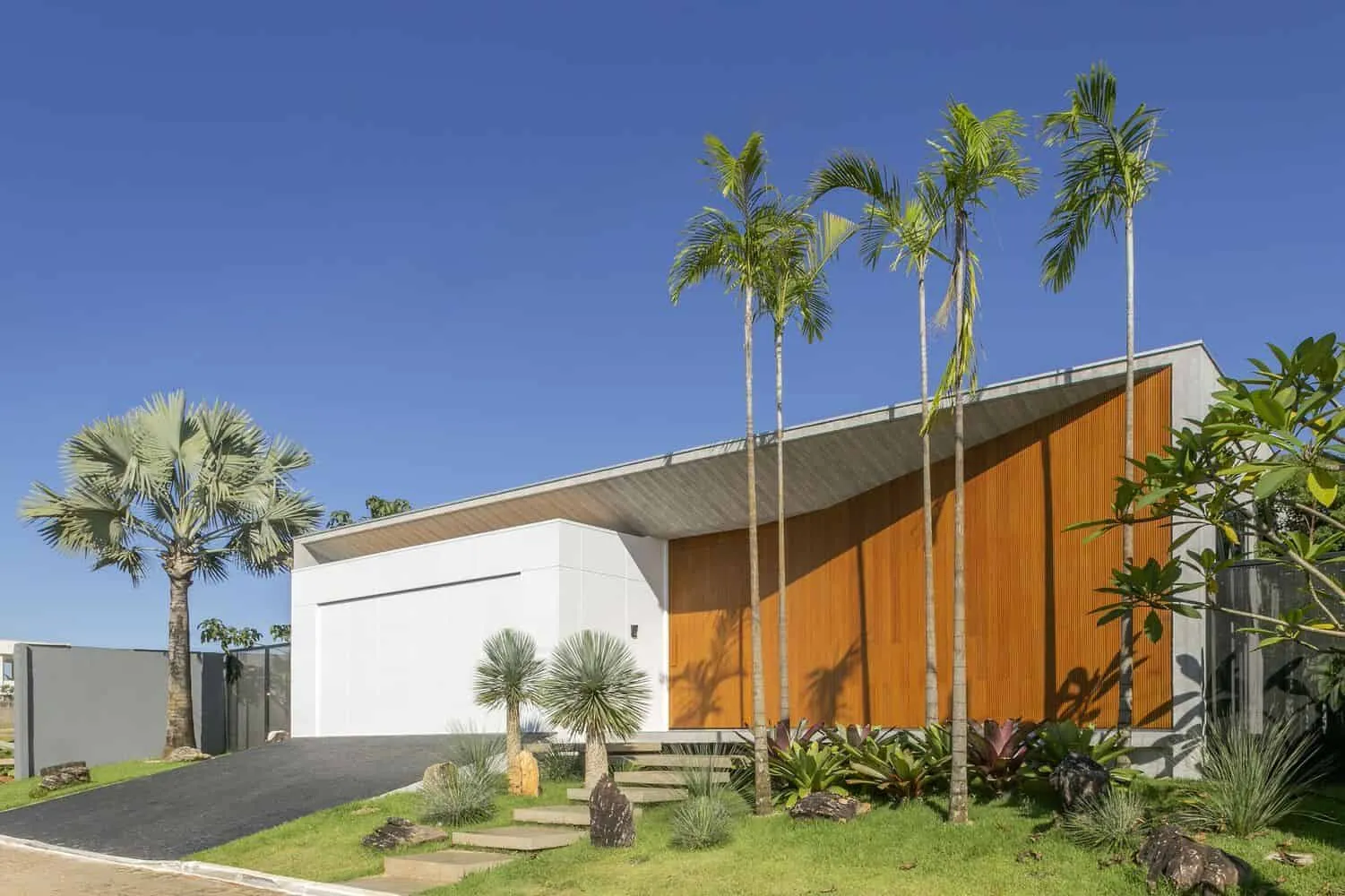 Barra House by SAINZ Arquitetura in Brazil, Brazil
Barra House by SAINZ Arquitetura in Brazil, Brazil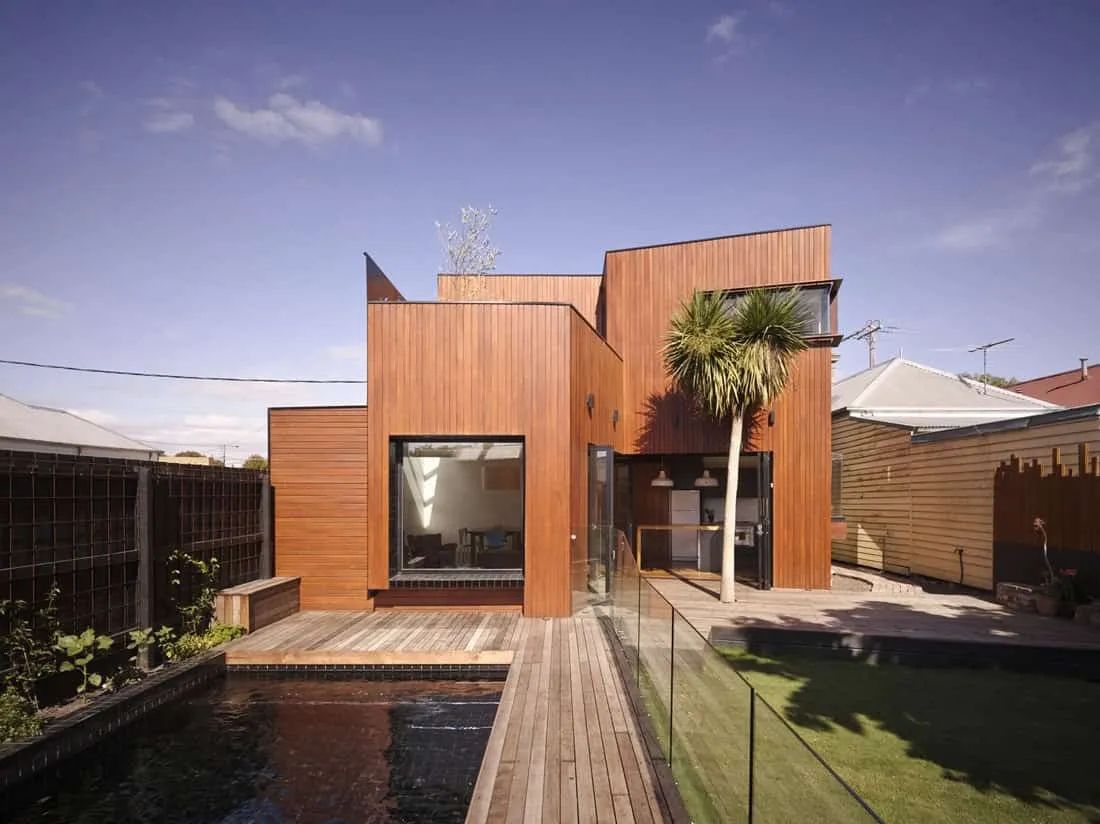 Barrow House by Eston Mainord Architects in Melbourne, Australia
Barrow House by Eston Mainord Architects in Melbourne, Australia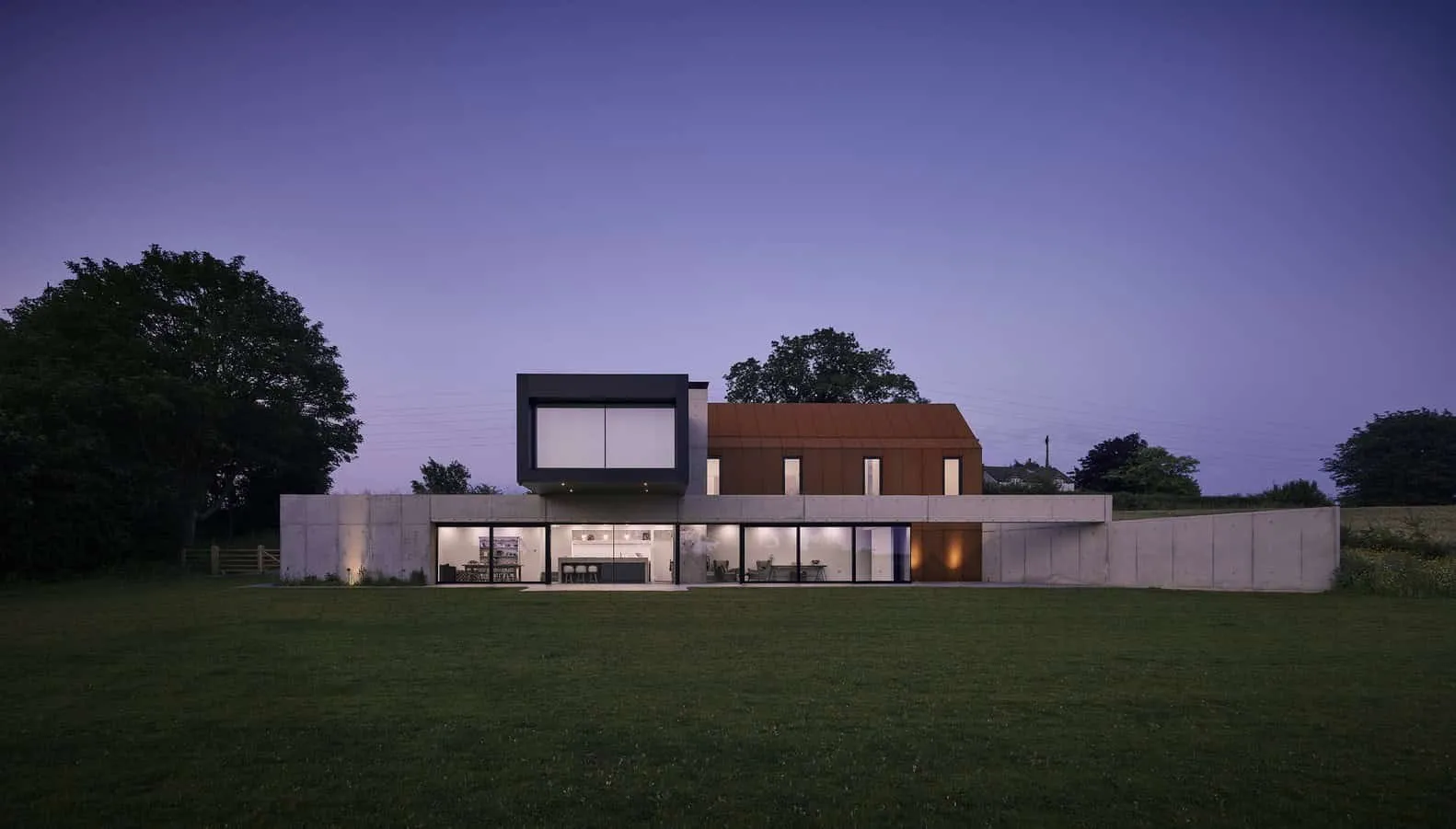 Barrow House by ID Architecture in Lincolnshire, UK
Barrow House by ID Architecture in Lincolnshire, UK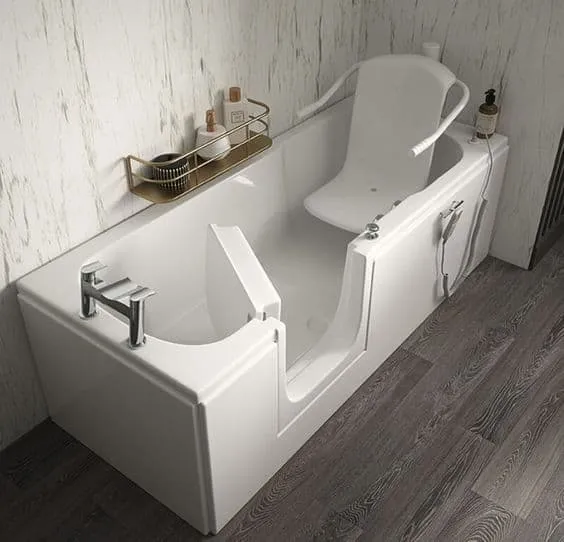 Bathroom for Elderly People - Key Tips
Bathroom for Elderly People - Key Tips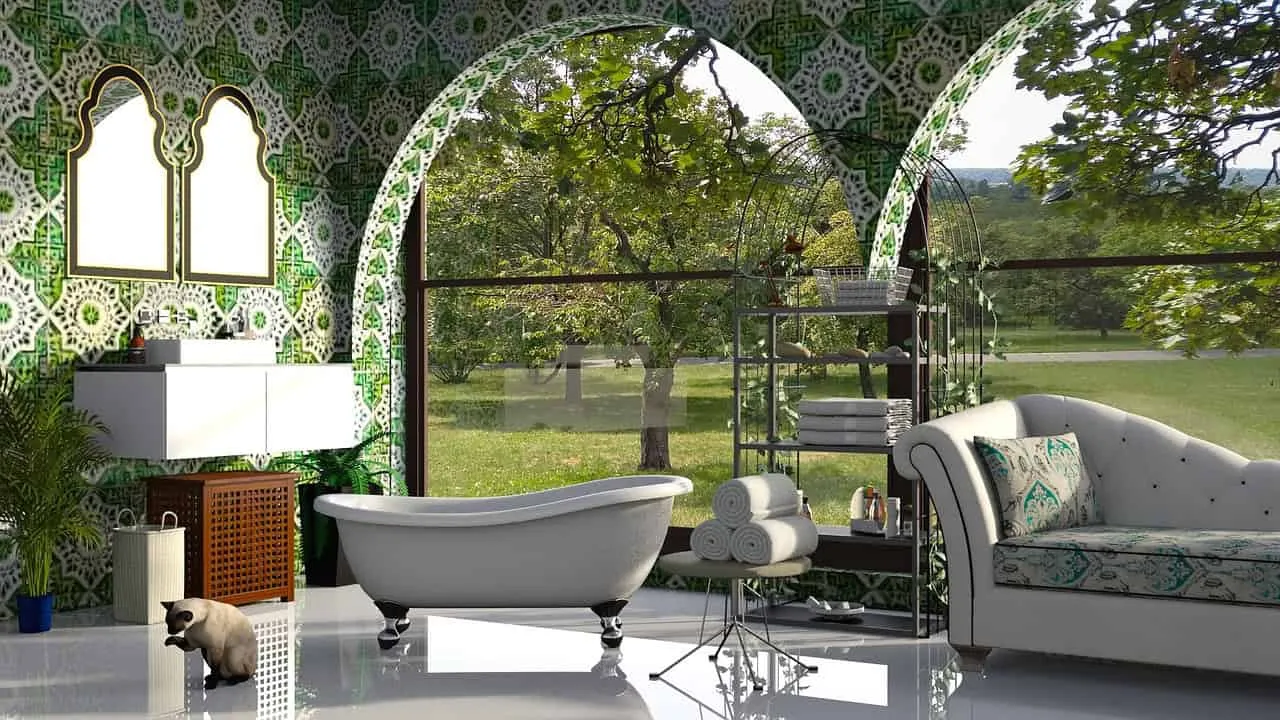 Popular Bathroom Trends to Avoid in 2022
Popular Bathroom Trends to Avoid in 2022 BATHROOM WALL LIGHTS
BATHROOM WALL LIGHTS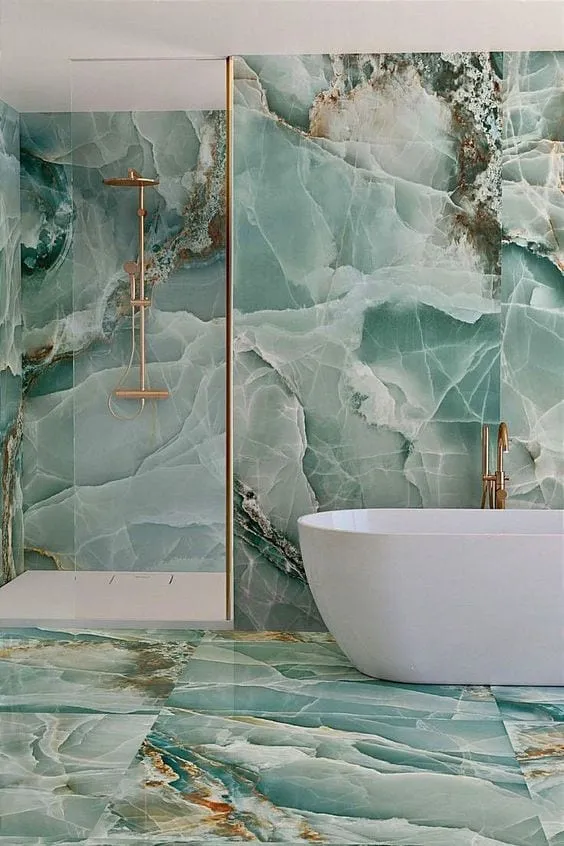 Inspiration for the Bathroom You'll Love
Inspiration for the Bathroom You'll Love